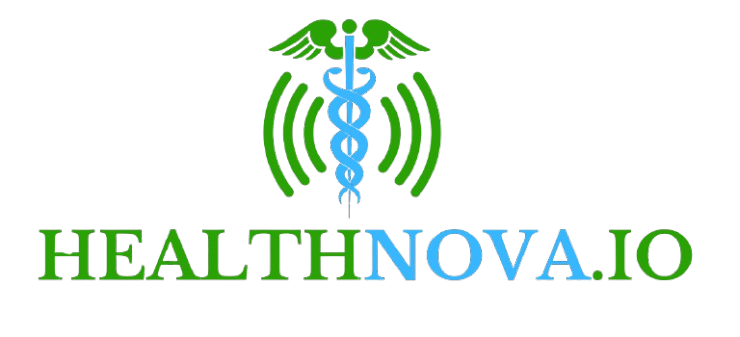Molecules of blood and urine can show how much energy consumes people in ultrasound, which is a key stage to understand the effects of a product that constitutes almost 60%of the American style.
Ericka Loftfield, a researcher at the National Cancer Institute, said this is the first time scientists have identified a biological marker that can show food higher or lower intake of food. Tuesday publication In the PLOS medical journal.
Loftfield said, “This can provide some clues about what fundamental biology is between the Ultrasound Food Association and the Health Consequences.
Sugar cereals, beverages, chips, frozen pizza, etc., ultrasonic foods are generated through industrial processes with ingredients such as additives, colors and preservatives that cannot be found in a home kitchen. They are everywhere elsewhere and other places, but it is difficult to affect health because it is difficult to track the food they eat.
Typical nutrition studies depend on the recall. Ask people what they ate for a certain period of time. But those reports can’t be trusted because people do not remember everything they have eaten or record inaccurate.
“We need more objective measurements and potentially more accurate measurements.
To make a new score, Loftfield and her colleagues surveyed the data in existing studies on more than 1,000 AARP members. More than 700 people have provided a recall report with more than a year, as well as blood and urine samples.
Scientists have found that hundreds of metabolites, the products of digestion and other processes, correspond to the ratio of energy consumed by ultrasound. From then on, they devised 28 blood markers and up to 33 urine markers that stably predicted ultrasonic food intake of those who consumed typical diets.
“We were a prediction of the pattern that predicted the pattern that found this signature, and this pattern is not only a specific food item but also a lot of high foods,” she said.
Some of the markers, especially two amino acids and carbohydrates, have more than 60 times of 100 test repetitions. One marker showed potential relevance between ultra -fine foods and type 2 diabetes.
To confirm the results, Loftfield measured the scoring tool with the participants of the National Institute of Health Study of Ultraprocessed Foods.
In that study Twenty adults lived at the NIH Center for a month. They each received a diet of ultra -fine and unprocessed foods that matched calories, sugar, fat, fiber and large amounts of nutrients for two weeks, and told them to eat as much as they liked.
Loftfield’s team used metabolite scores to find out that individual participants could know when they ate a lot of high -altitude foods and when they didn’t eat them.
As a result, Marker said, “It is valid at the individual level,” Loftfield said.
Dr. Dariush Mozaffarian, a food of TUFTS University, who is not involved in this study but not involved in this study, said, “It is an early study but identifies ultrasound and urine markers.”
“Through more studies, these metabolic signatures can begin to solve the biological paths and damage of the UPF, and are the differences in the health effects of certain UPF food groups, processing methods and additives,” he said.
Loftfield hopes to apply tools to existing studies that can track blood and urine samples.
Funds are not clear when supporting government research is cut.
“Scientifically, there is a lot of interest in public interests and political interests. She said.” How can I support the research that needs to be done to answer these questions timely? “
The AP Communication Health and Science Department is supported by the Science and Education Media Group and the Robert Wood Johnson Foundation of Howard Hughes Medical Research Institute. AP is entirely responsible for all content.









































